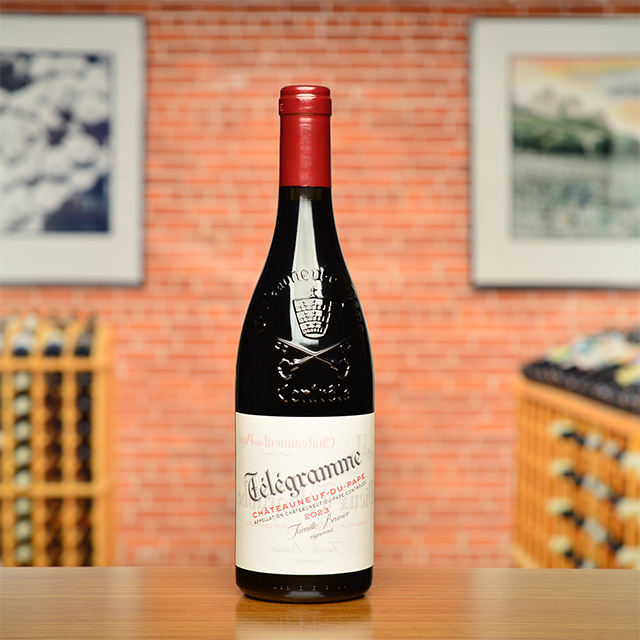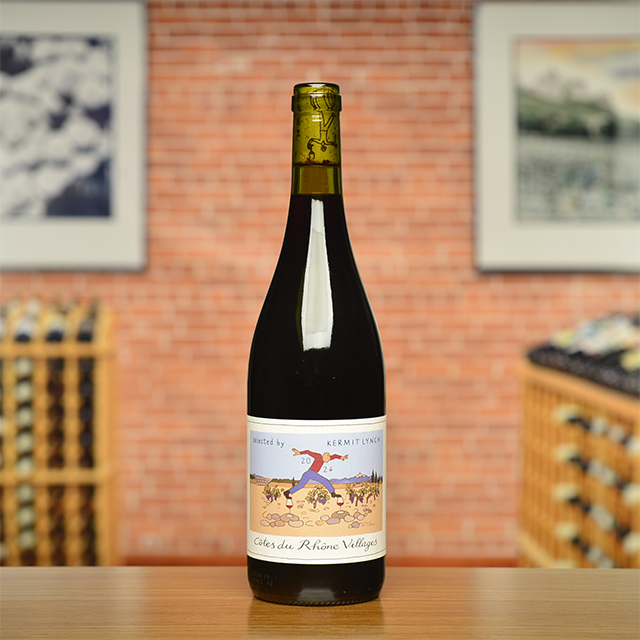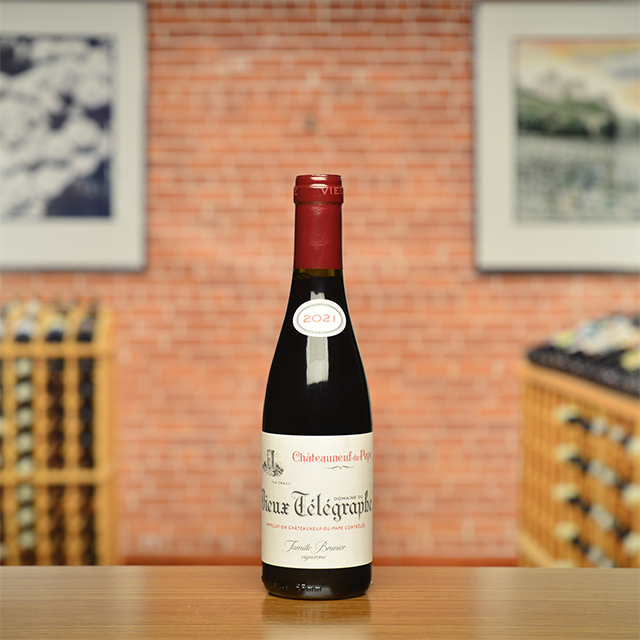Notify me
2020 Tavel “La Combe des Rieu”
Gaël Petit
This ruby-colored southern Rhône Valley rosé is from Tavel, the only appellation devoted exclusively to rosé production. Deep and complex, it could be treated like a red and described similarly: black cherry, tart cranberry, woodsy spice. But the texture of La Combe Des Rieu is distinctly more delicate and thirst-quenching in a way that a red (with more tannin) could never imitate. Crushed strawberry and wet stone on the palate—I love to pair it with extra-dry saucisson and creamy cheeses, or, for the main course, try it with pork tenderloin on a bed of warm polenta.
| Wine Type: | Rosé |
| Vintage: | 2020 |
| Bottle Size: | 750mL |
| Blend: | Grenache, Cinsault, Carignan |
| Appellation: | Tavel |
| Country: | France |
| Region: | Southern Rhône |
| Producer: | Gaël Petit |
| Winemaker: | Gaël Petit |
| Vineyard: | Planted in 1950s, 1976, 1.42 ha |
| Soil: | Limestone scree, clay |
| Farming: | Organic (practicing) |
| Alcohol: | 14.5% |
More from this Producer or Region

2023 Côtes du Rhône Rouge
France | Southern Rhône
Dark-fruited, with fresh acidity and stony tannins, it’s about as versatile as reds come from the south of France.

2024 Vin de Pays de Vaucluse Rouge
France | Southern Rhône
Black olive, fig, and rosemary abound in this easy-to-love, soulful southern Rhône red.

2023 Châteauneuf-du-Pape “Piedlong”
France | Southern Rhône
The 2022 vintage drinks like something even more ethereal than you’d expect from a southern red.

2023 Châteauneuf-du-Pape “Télégramme”
France | Southern Rhône
If Télégramme is more about fruit than stones, it is still undeniably Châteauneuf, expressing the nobility of carefully farmed Grenache from the Rhône’s finest terroirs.

2024 Beaumes-de-Venise Rouge
France | Southern Rhône
Grenache is joined by Syrah and a drop of Mourvèdre to create this delightful everyday red scented of herbes de Provence and ripe black cherry.

Clairette de Die “Tradition”
France | Southern Rhône
This festive sparkling wine is vinified following the ancient tradition of one of the most gorgeous corners of France, where small hills grow into small mountains on the flanks of the Alps.

2024 Côtes du Rhône Villages Rouge
France | Southern Rhône
Brambly, rustic, savory, and joyous, this is as perfect a house red from the Rhône as you’ll find.

2022 Tavel “La Combe des Rieu”
France | Southern Rhône
This bears a rich bouquet of wild strawberry, flowers, garrigue, and sweet spices, culminating in a long, stony finale.

2021 Châteauneuf-du-Pape “La Crau” HALF BOTTLE
France | Southern Rhône
It’s a gem, and you won’t be disappointed.

2024 Côtes-du-Rhône Blanc “Pantomine”
France | Southern Rhône
It beckons you to follow Maxime-François’s advice: “Drink it when you are very, very thirsty!”
More from Southern Rhône or France
2022 Côtes-du-Rhône Rouge “Contre Couleur”
Domaine Gramenon France | Southern Rhône
2024 Beaumes-de-Venise Rouge
Domaine de Durban France | Southern Rhône
2023 Muscat de Beaumes-de-Venise
Domaine de Durban France | Southern Rhône
2023 Côtes du Rhône Rouge
Selected by Kermit Lynch France | Southern Rhône
Huile d’Olive Vierge Extra
Domaine du Vieux Télégraphe | Southern Rhône
NV Clairette de Die Brut
Domaine Achard-Vincent France | Southern Rhône
2023 Vacqueyras Blanc “Un Sang Blanc”
Domaine Le Sang des Cailloux France | Southern Rhône
2021 Muscat de Beaumes-de-Venise HALF BOTTLE
Domaine de Durban France | Southern Rhône
2023 Châteauneuf-du-Pape “La Crau”
Domaine du Vieux Télégraphe France | Southern Rhône
2023 Châteauneuf-du-Pape “Piedlong”
Famille Brunier France | Southern Rhône
2009 Châteauneuf-du-Pape “La Crau”
Domaine du Vieux Télégraphe France | Southern Rhône
2023 Châteauneuf-du-Pape “Télégramme”
Domaine du Vieux Télégraphe France | Southern Rhône
2022 Côtes-du-Rhône Rouge “Contre Couleur”
Domaine Gramenon France | Southern Rhône
2024 Beaumes-de-Venise Rouge
Domaine de Durban France | Southern Rhône
2023 Muscat de Beaumes-de-Venise
Domaine de Durban France | Southern Rhône
2023 Côtes du Rhône Rouge
Selected by Kermit Lynch France | Southern Rhône
Huile d’Olive Vierge Extra
Domaine du Vieux Télégraphe | Southern Rhône
NV Clairette de Die Brut
Domaine Achard-Vincent France | Southern Rhône
2023 Vacqueyras Blanc “Un Sang Blanc”
Domaine Le Sang des Cailloux France | Southern Rhône
2021 Muscat de Beaumes-de-Venise HALF BOTTLE
Domaine de Durban France | Southern Rhône
2023 Châteauneuf-du-Pape “La Crau”
Domaine du Vieux Télégraphe France | Southern Rhône
2023 Châteauneuf-du-Pape “Piedlong”
Famille Brunier France | Southern Rhône
2009 Châteauneuf-du-Pape “La Crau”
Domaine du Vieux Télégraphe France | Southern Rhône
2023 Châteauneuf-du-Pape “Télégramme”
Domaine du Vieux Télégraphe France | Southern Rhône
Our Guarantee

Our Guarantee
We only import wine we drink and enjoy ourselves, directly from the source.
Our wine tastes the same in your home as it did where it was bottled in Europe.
Like the long-term relationships we build with growers, we build long-term relationships with our clients. Have a question? Need wine advice? Just give us a call—510-524-1524.














